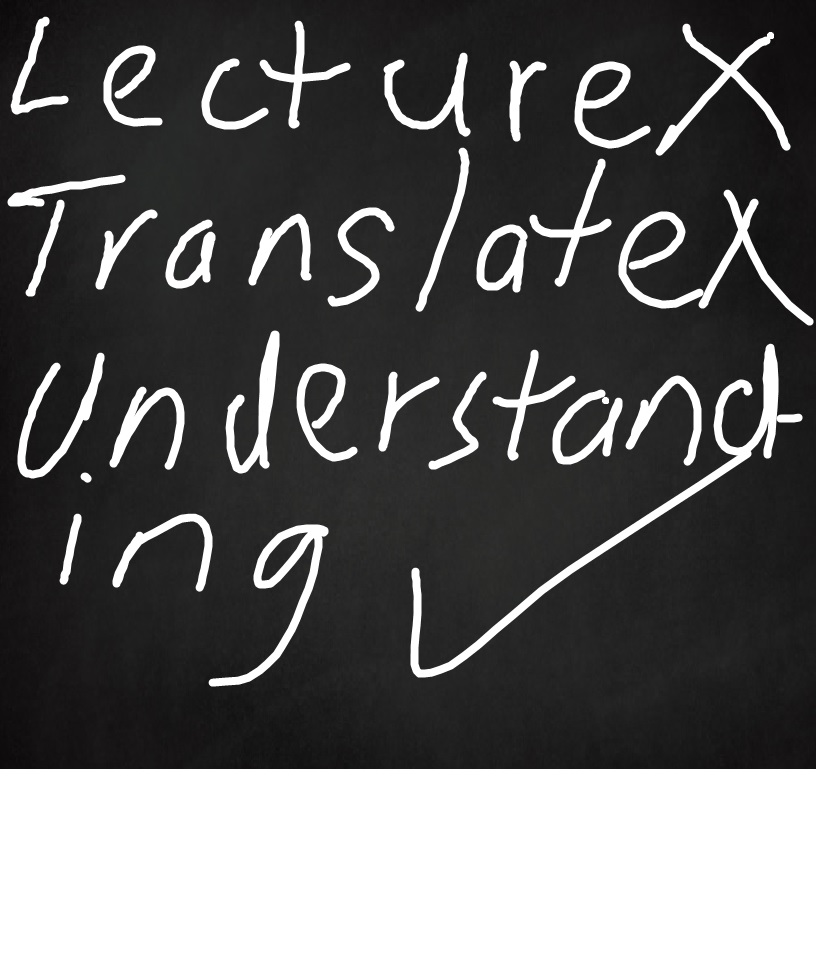Don’t Lecture or Translate Directly When Teaching Japanese English Learners

Having been living in Japan long enough to have a good overview of the English teaching sector here, I have learnt that there are employers who will train anyone who can speak English in basic lecture style teaching and employ them as teachers.
It is easy to train people in this outdated style of teaching, and the Japanese tend to show a misdirected preference for it.
The preference is misdirected because although the Japanese learners are renown for their intelligence, and they master what is being taught relatively easily; very few go on to speaking English at a level that closely resemble any native English level.
There are an equally prevalent number of untrained English speaking foreigners in Japan who can only find employment in the English teaching sector, and they end up being trained in, and teaching using the outdated method for teaching English.
They approach companies who employ them and train them in the old style whilst being motivated by profit and satisfying the misdirected belief of Japanese English learners that they are getting excellent English lessons- when in fact they are just learning fixed expressions, standard phrases, and the husk of the English language.
The net result is that the system of unprofessional English teaching is perpetuated whilst the Japanese population remain mesmerized as to why they are known to be one of the most intelligent nations, yet the rate at which they master the English language is one of the lowest of all South Asian nations, including nations that are far less developed than Japan.
The flaw in method is not limited to private English schools such as Gaba, Shane, Nova, Saiei International, EEC etc. but begins with the English teaching standards and culture at Japanese schools.
Japanese English teachers, whilst we should be grateful for them to take up the profession otherwise there would be even less English taught at Japanese schools, are in fact victims of the system they are now themselves teaching in, because they have learnt English in the same system and, understandably: their English leaves a lot to be desired – consistent with the Japanese norm. Old habits are hard to die, especially if you’ve been formally trained at university and teachers training courses to use them.
Boards of Education are employing native English teachers (ALTs) but through dispatch companies.
The dispatch companies demand that the ALTs follow the Japanese English Teachers instructions even if the instructions are awfully fraught with flaws and far from best methods – the tail wagging the dog situation.
The attitude of the dispatch companies is to satisfy the Japanese English Teacher with the view to securing the business with the Board Of Education.
This means that the business interests of the Dispatch Companies are put before the quality of English that is being taught to Japanese children.
Whilst there have been numerous attempts to change the system, most of the attempts die on the bureaucratic vine.
Whilst many Japanese teachers are great and utilize the Native English teacher to the maximum in the interests of the children and learners, a common problem with the Alt system is that many Japanese teachers, especially the ones whose English is very poor, pull rank on the ALTs, although the Ministry of Education’s policy is that the Japanese English Teacher and ALTs are equal partners.
The pulling of rank by Japanese English Teachers coupled with the dispatch companies insisting that ALTs do whatever the Japanese Teachers demand, means that poor quality, often pointless lessons, are commonplace in Japanese Government Schools.
Private as well as Government schools, despite professing otherwise, resort to direct translations too quickly and teach memory rather than understanding. Once the learner forgets, the entire effort of the lesson becomes futile. There is little focus on practical application.
Attempts at trying to use methods that teach practical application has also been masterfully reduced to doing them in form and not substance, like how Japanese learners mastered the art of scoring high TOEIC scores but without knowing the English.
The buzz word in both the private and government schools is ‘fun’ lessons. Hence the practical component of the lesson which is more effective if it is ‘fun’ is reduced to just fun whilst losing the plot of the purpose of the lesson.
This is great for private schools because children mistake the ‘fun’ as a good English lesson. In the government schools it is used to veneer the lack of English knowledge on the part of the English teacher.
Some private schools actually teach each lesson in two languages, first in Japanese by a Japanese English teacher who simply translates the lesson content to Japanese for learners, then in the next lesson, the native English teacher teaches the same content in English.
The major flaw that has been proven during the development of the Celta and other modern methods is that when the students learns through translation first, he/she finds it difficult to stop thinking in Japanese- hence the transition from Japanese to English is very difficult.
The activities part of the lesson which is directed at practical application and checking understanding, is often done for the sake of it; and like millions of Japanese who have high TOEIC scores which does not reflect their English competence, the activity component is carried out with the object of fun rather than fun with a purpose of applying or checking.
This is why it is important to learn English where the teacher applies the tried and tested Cambridge Celta method or another similar method to give Japanese and other ESL learners a more comprehensive and holistic English education. The little subtleties and nuances that often makes the difference cannot be captured and taught in the outdated methods that are commonly used in Japan.
